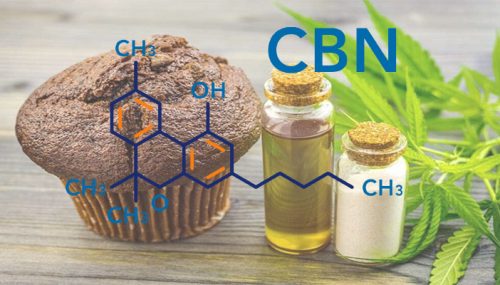CBN is commonly extracted by combining crude cannabis or hemp oil manufacturing to separate the different cannabinoids. In some instances, even terpenes can be obtained. In terms of chemical composition and medicinal profile, CBN is highly similar to CBD. Still, there are several critical differences in producing it and its potential for moderate psychedelic effects.
How CBN Occurs
Unlike CBD, which is produced as a byproduct of CBDA, CBN is produced when THC degrades. This process occurs spontaneously over time due to exposure to air, heat, or light. Therefore, while freshly cured hemp and cannabis strains will not have a significant concentration of CBN, the potency will rise with time.
As a result, CBN is often more potent in older, more mature hemp or cannabis strains.
CBN is Rare
Most cannabis plants only generate 3-5 percent CBN, making it very rare. On the other hand, CBD is more widely accessible and can be extracted in significant amounts. Extractors may separate these distinct cannabinoids for more controlled usage. This is done using standard scientific procedures for separating different components, such as chromatography.
Because broad spectrum CBN is extracted in small amounts from hemp and cannabis plants, it is difficult to obtain it reliably. It must be processed in large quantities with CBD and other cannabinoids to generate enough CBN. That’s probably why so few businesses have produced CBN products compared to CBD. This explains why many CBN products include modest doses of CBN coupled with CBD or other chemicals.
Types of CBN Products
CBN is present in trace levels in full-spectrum CBD products such as oils, waxes, and edibles. CBN extracts, isolates, and distillates are also available, although they are presently far more costly, resulting in fewer products.

